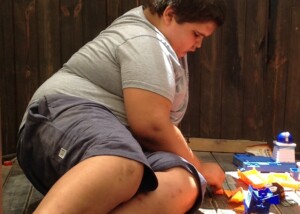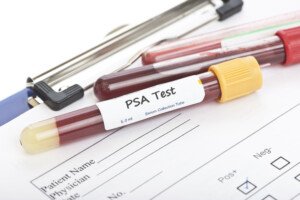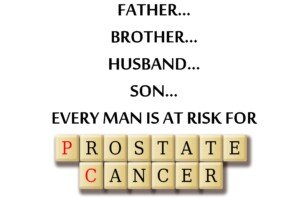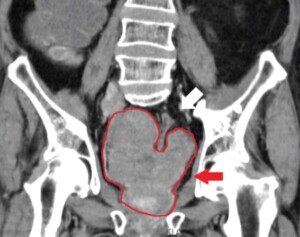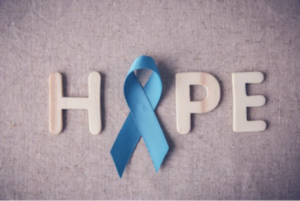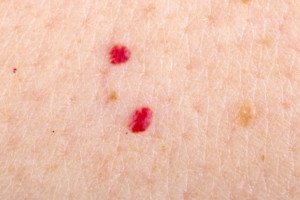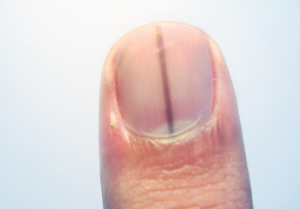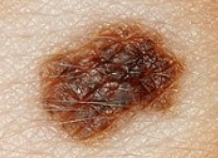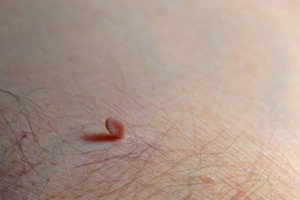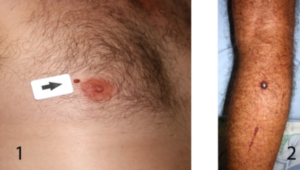A child’s fat body is NOT “perfect just as it is” because this can lead to life threatening blood clots in adulthood. Stop the patronizing rhetoric.
We hear a lot about the link between childhood obesity with high blood pressure, type 2 diabetes and heart disease.
What we need to hear more about is the risk that being fat in childhood has for dangerous blood clots in the veins (deep vein thrombosis or DVT) – in adulthood.
A DVT in a leg that breaks off can end up in the lungs – literally within moments – and kill within minutes.
A study from the University of Gothenburg reveals that being overweight in childhood and early adulthood are separate risk factors for blood clots later in life.
While the relationship between obesity and blood clots has been previously established, the influence of body mass index (BMI) during childhood and puberty has historically been unclear.
The study aimed to explore how early BMI impacts the risk of developing thrombi in adulthood.
These blood clots typically form in the legs and can cause serious health issues, particularly if a clot dislodges and travels to the lungs, called a pulmonary embolism.
Even if a PE doesn’t occur, DVTs can lead to permanent leg pain.
How the Study Was Done
The study focused on 37,000 men born between 1945 and 1961, with data gathered from two key stages of their early life: from school health records at age eight and from military medical exams at age 20.
Researchers also analyzed register data to track any instances of blood clots through the men’s adulthood, with an average follow-up until they were 62.
The findings, published in the Journal of Internal Medicine, reveal that BMI at both childhood and young adulthood independently links to an increased risk of venous blood clots.
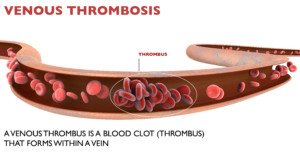
Shutterstock/Naeblys
The study identified two distinct groups at a significantly higher risk: men who were overweight in both childhood and early adulthood, and those who had a normal weight in childhood but became overweight in their 20s.
Both groups had a higher likelihood of developing a DVT.
Lina Lilja, a doctoral student at Sahlgrenska Academy and the study’s first author, says in the paper that while both childhood and young adult overweight are linked to venous blood clots, being overweight in young adulthood appeared to have a stronger impact.
She notes that excess body weight during puberty is a particularly significant factor in determining future blood clot risks.
The paper explains that it’s very important to monitor and manage body weight during childhood and puberty to reduce the risk of future DVTs.
Now, just because an adult with a BMI of 28 may actually not have excess body fat, doesn’t mean that the use of childhood (and adult) BMI for this study is invalid.
An adult with a BMI of 28 who’s not over-fat simply has the muscle mass to inflate the BMI value.
Don’t let this common phenomenon throw off your reasoning. Simply put, being fat in childhood and young adulthood raises the risk of blood clots.
Tips for Helping Your Child Lose Weight
1 Never shame or insult your child’s body. There’s nothing wrong with their body.
The problem is that they’re eating too much and, often with this, not getting enough physical activity.
2 Never tell your child that you’re putting them in sports so they could lose weight.
If anything, tell them that athletics help build character, teaches teamwork and improves physical fitness and stamina.
3 Never use food to reward or placate your child.
4 Never punish your child for overeating. Don’t forget that you, as the parent, are in charge of the food access.
5 Always encourage physical activity (no need to mention weight loss or even the danger of blood clots). Limit screen time!
 Lorra Garrick is a former personal trainer certified through the American Council on Exercise. At Bally Total Fitness she trained women and men of all ages for fat loss, increased strength, muscle building, and improved fitness and cardiovascular health.
Lorra Garrick is a former personal trainer certified through the American Council on Exercise. At Bally Total Fitness she trained women and men of all ages for fat loss, increased strength, muscle building, and improved fitness and cardiovascular health.
.



